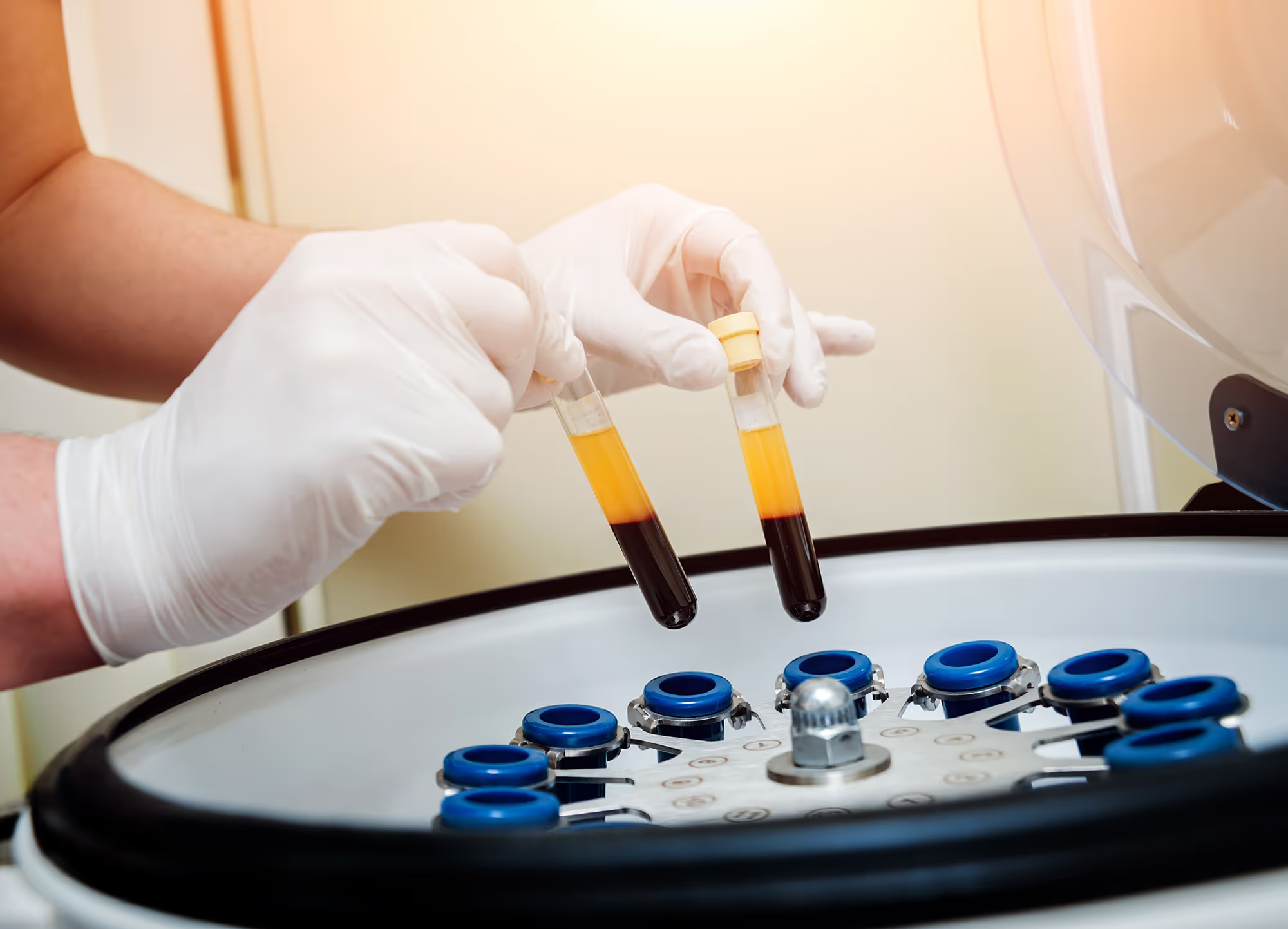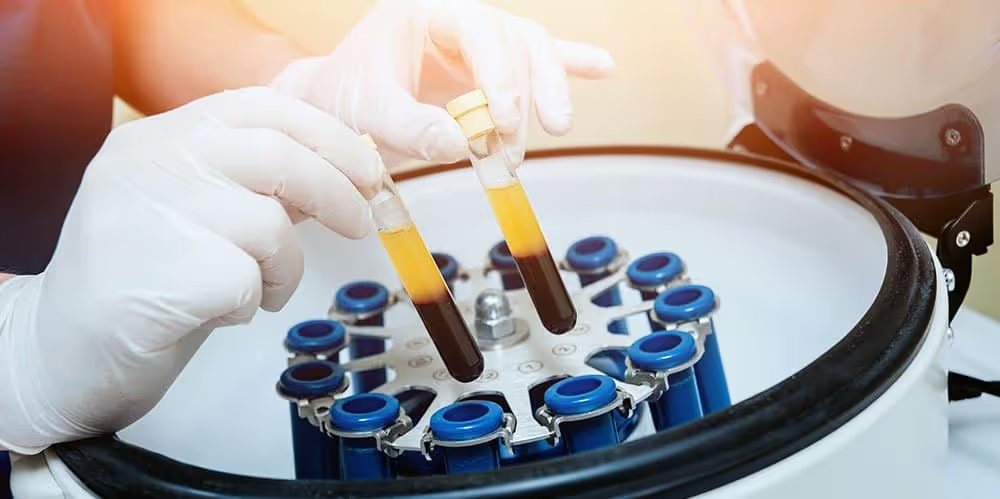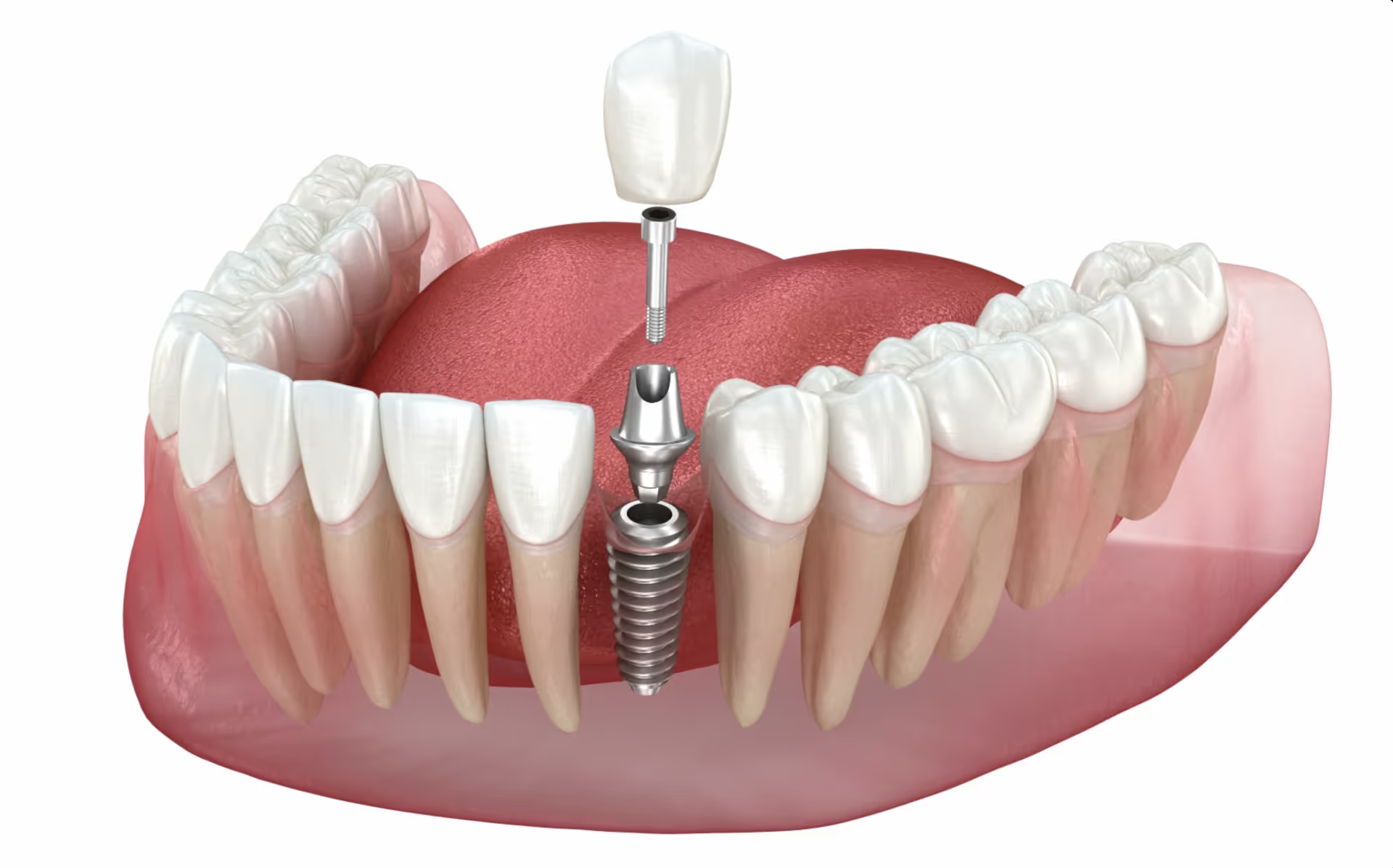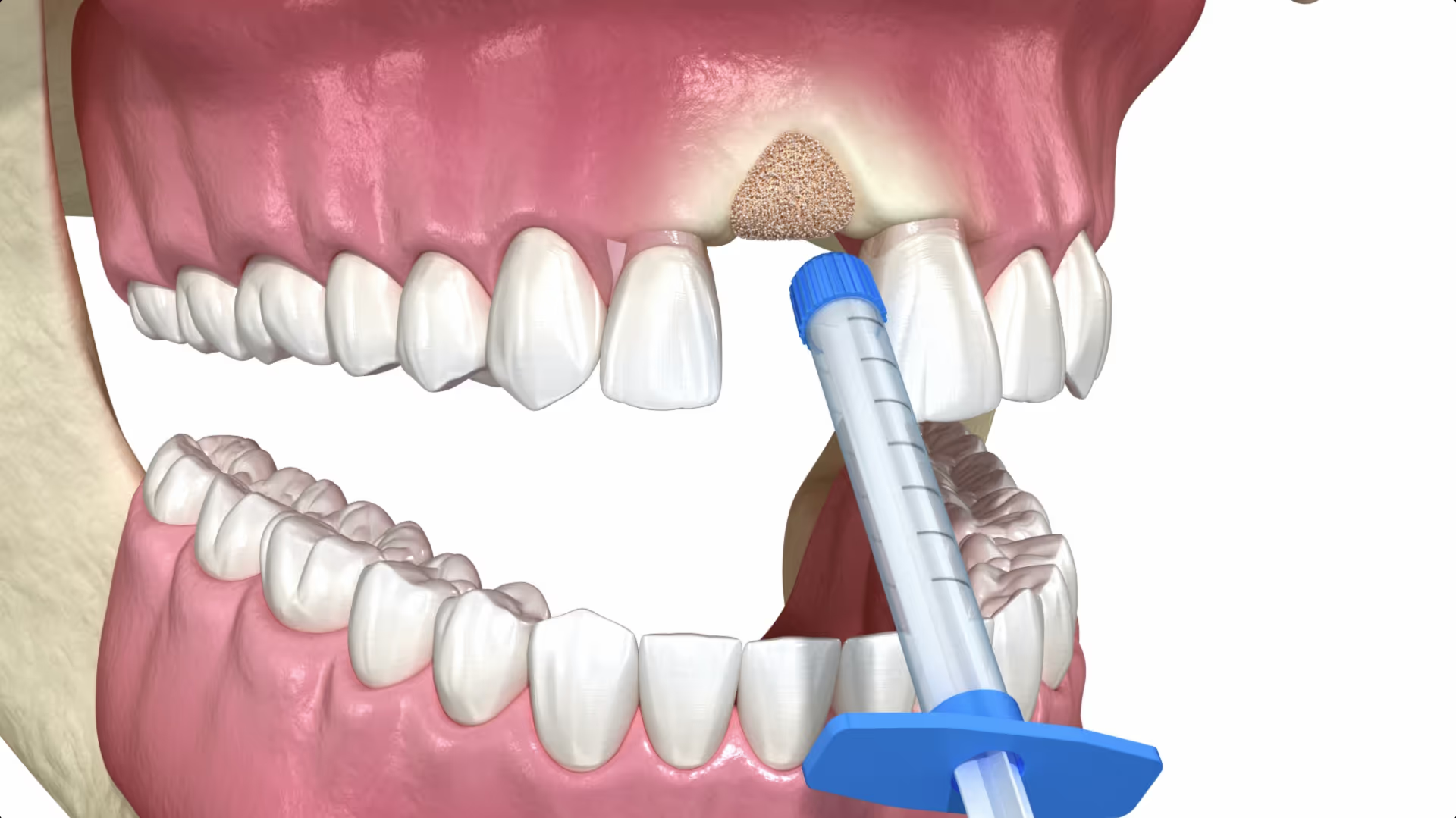
Platelet-Rich Plasmain Fairfield County
If you're looking for a natural way to speed up healing after dental surgery, platelet-rich plasma might be the answer. This innovative treatment uses your body's own growth factors to promote faster, more efficient healing.
What is Platelet-Rich Plasma?
Platelet-rich plasma (PRP) is a concentrate derived from your own blood. It's packed with growth factors and other substances that promote healing and tissue regeneration. The process is simple: a small sample of your blood is drawn and placed in a centrifuge, which separates the PRP from the other blood components. This PRP is then applied to the surgical site, where it releases growth factors over time to accelerate healing. PRP has been used successfully in a variety of dental procedures, from tooth extractions to implant placement.

Oral Surgery
From wisdom tooth extractions to gum grafts, PRP can be used in a wide range of oral surgery procedures. Its healing properties can reduce pain, swelling, and recovery time, getting you back to your daily life faster.

Dental Implants
When PRP is used in conjunction with dental implants, it can help the implant integrate more quickly and securely with your jawbone. This means you can enjoy your new, fully functional tooth sooner.

Bone Grafting
PRP can also enhance the success of bone grafting procedures. By promoting faster, more efficient healing, PRP helps your body incorporate the grafting material more effectively, leading to a stronger, more stable foundation for your dental work.

The Benefits of Platelet-Rich Plasma
Faster Healing
PRP is packed with growth factors that speed up the healing process, so you can recover from dental procedures more quickly and comfortably.
Reduced Inflammation
The concentrated growth factors in PRP help to reduce inflammation and swelling, which means less discomfort for you after your treatment.
Improved Tissue Regeneration
PRP stimulates the growth of new, healthy tissue, leading to better overall healing and long-term results.
$[XXXX] Off Your Dental Implants!
The Platelet-Rich Plasma Treatment Process
Drawing a Blood Sample
The first step in the PRP process is drawing a small sample of your blood. This is done in the office and is similar to a routine blood test. The amount of blood needed is relatively small, and the process is quick and virtually painless.
Separating the PRP
Once your blood sample is collected, it's placed in a centrifuge. This machine spins the blood at high speeds, causing the different components to separate. The PRP, which contains the concentrated growth factors, can then be collected for use.
Applying the PRP
After the PRP is separated, it's ready to be applied to the surgical site. Your doctor will carefully place the PRP in the area where it's needed, whether that's a tooth socket after an extraction, around a dental implant, or in a gum graft site. The PRP will then start releasing growth factors, kick-starting the healing process.
FAQs
Frequently Asked Questions
Check out these frequently asked questions, or call us to speak with our team.
The PRP process is generally not painful. Drawing the blood sample feels similar to a routine blood test, with just a small pinch when the needle is inserted. You may feel some pressure or mild discomfort during the blood draw, but it's usually brief and well-tolerated. The application of PRP to the surgical site is done after the area has been numbed, so you shouldn't feel any pain during this step either. After the procedure, you may experience some soreness and swelling, but this is a normal part of the healing process and can be managed with over-the-counter pain relievers.
The entire PRP process, from drawing the blood to applying the concentrated growth factors, typically takes less than an hour. The blood draw itself usually takes just a few minutes. The blood sample is then placed in a centrifuge for about 10-15 minutes to separate the PRP. Once the PRP is ready, it's immediately applied to the surgical site. The length of the surgical procedure will depend on the specific treatment you're receiving, but the PRP application only adds a few minutes to the overall procedure time.
Yes, PRP is considered a very safe treatment. Because the PRP comes from your own blood, there's no risk of allergic reaction or disease transmission. The procedure to obtain PRP is minimally invasive and carries very few risks. As with any dental procedure, there's a small risk of infection, but this risk is minimal and can be further reduced by following your doctor’s post-procedure care instructions. If you have any concerns about the safety of PRP, be sure to discuss them with your doctor. They can provide more detailed information based on your specific medical history and circumstances.

